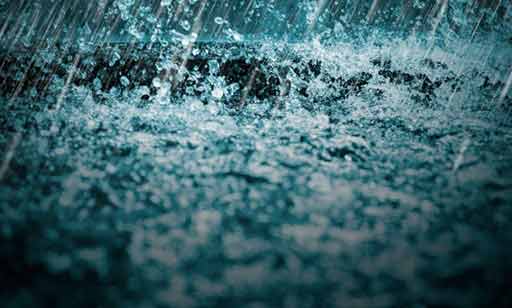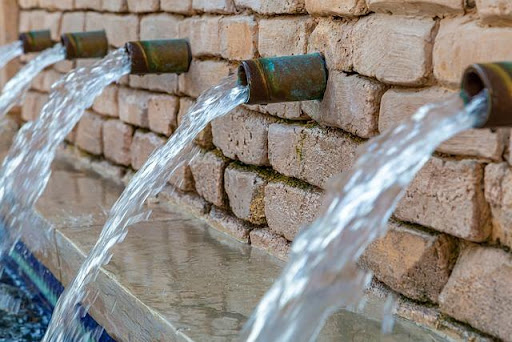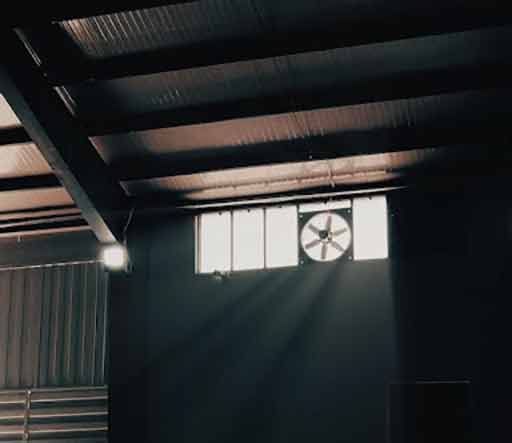
Plumbing systems are the workhorse of modern houses. In an average home, roughly 30 gallons of clean water passes through the water pipes daily. After using water for various things, the now-dirty water is transported out of the home by the same plumbing.
The constant movement of water in and out of your plumbing system subjects the system to more stress. Part of this stress comes from the pressure of water flowing through the pipes. Part of it comes from the dissolved salts in water. Part of it is the result of the natural process of ageing.
The pressure on your plumbing system also depends on the season, with the rainy seasons being particularly damaging for plumbing systems. That is partly because during this season, your home’s plumbing may receive more water than it is designed to handle.
How do you protect your plumbing at this time of the year?
Plumbing maintenance tips for the rainy season
Rainy seasons come with more challenges for your plumbing- a higher risk of water damage, mold and costly repairs, warns Fall River Property Management. Whether you scale this season without any major issues depends on the steps you take to prepare the plumbing before the rains begin. The following plumbing maintenance tips will help you avoid plumbing problems during the rainy season.

Check your plumbing for leaks
Have your home’s entire plumbing system inspected for leaks and weak spots. Water damage from leaky pipes is worse during the rainy season because of the abundance of water in the environment. Common signs of a leaking water pipe are low water pressure across the entire home and spikes in the water bill that cannot be accounted for by increased water usage in your home. If the leaking pipe is underground, it can lead to major issues during the rainy season. A leaking underground pipe increases the risk of floods in the yard because the soil around your home will already be saturated with water.
Insect the basement and crawlspace for moisture
Basements and crawlspaces are among the first places where water damage shows up in the home. That is because a large part of your home’s water pipes run through these spaces. Crawlspaces and basements also have limited air circulation, so existing high humidity issues can worsen during the rainy season. Excessive moisture in basements and crawlspaces will encourage the growth of mold and mildew. Check that there are no faulty applications in the basement. Also, inspect and test your sump pump system to ensure it is functional. If you do not have a backup sump pump system installed, now is the time to do so.
Examine the yard for potential drainage issues
Particularly during the rainy season, it is essential to ensure the ground around your home has a proper slope. You want water to flow in the direction of the street and not toward the house. Low-lying areas around the home will encourage water to pool around the house. Your storm drain is another vital factor in preventing floods at this time of the year. Make sure it does not have debris inside it. It is a good idea to clean the storm drain after each episode of heavy rainfall. If you have a French drainage tile installed on your property, this is the right time to have it cleaned. Do the same for roof gutters and downspouts.
Check your backflow prevention system
A backflow prevention system ensures that water and sewage only flow in one direction; toward the municipal sewer line in the street. The backflow prevention system also keeps your home safe from flooding, even if the city sewer line is flooded. Installing a backflow prevention system should be one of your priorities this rainy season. The cost of doing this is nothing compared to the damage a sewer backup can do to your home. If you already have a backflow prevention system installed, ensure it is working. Get a certified backflow prevention tester to check it. It is better to stay without a backflow preventer than to have one that doesn’t work.

Manage air pressure to avoid back-drafting
Backdrafting is when the negative air pressure inside your home causes sewer gases to enter the house. This issue is worse during spells of wet weather. Backdrafting can be caused or worsened by certain features of your home or some appliances. Common factors that contribute to negative air pressure in your home include constrained fireplaces, exhaust fans and ventilation systems. Keeping ventilation systems free of debris will help to solve this problem. You may also need to remove plumbing vents and exhaust systems that are installed too close to the door.
Finally, it is also a good idea to clean your drains and main sewer line by hydro-jetting them before the onset of each rainy season. This simple step will reduce the likelihood of sewer line blockage and the resulting flooding.
